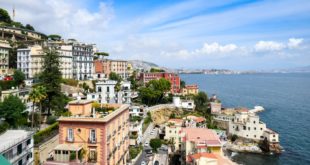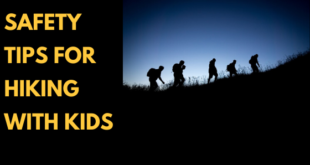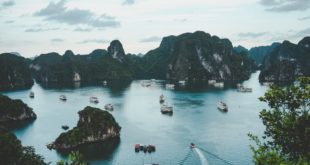We have gathered here 10 astounding and surprising places in Namibia. They are spots of compulsory visit in one of the most delightful nations on the planet.
1. Etosha National Park
The Etosha National Park is dry, with some changeless regular springs, took care of by groundwater holds. To these are included some fake water sources, where water is siphoned from the earth. Both are the salvation of creature life and what permits it to be fixed in such a parched zone. The topography and morphology of the Park is the purpose behind its overall notoriety and its novel character, in any event, with regards to the perception of creature life. This is on the grounds that the aridity of the territory and the shortage of water focuses to make the creatures of various species meet in the equivalent confined region and available to the camera focal points of sightseers. Simply pause and, at some point or another, the parade of species will go before our eyes. You can book your flight with Porter Airlines and you can also get more details about our cancelation policy to visit our Porter Airlines Cancellation Policy official site.
2. Namib Desert
The desert of Namibia reaches out over a tremendous zone, of which 50,000 km2 are a piece of the Naukluft National Park, the biggest regular hold on the planet. This zone, ordinarily known as Namibia, is a “monstrous desert place”, as the Nama (the most seasoned indigenous individuals in Namibia) call it and compares to a beachfront desert around 2000 km long and around 170 km wide. The Great Sea of Sand is the sandy and hill zone second to none of the Namib Desert. The red rises to stretch out for several kilometers corresponding to the coast and arrive at their most extreme in the Big Daddy, 380 meters high. Inconceivably, the hills don’t move their base since the underlying foundations of the plants permit their obsession and the sand just twists at the top, from east to west, because of the adjustment in the direction of winning breezes in the late spring and winter months. Like this,Dune 45, a type of ex-libris from Namibe.
3. Spitzkoppe
One of the common marvels of Namibia, Spitzkoppeis a rough massif ascending at a height of 1,700 m, forcing and disengaged on the level and desert landscape in the territory of Damaraland. Just as being a vacation destination, this zone is likewise an archeological fascination, as our predecessors have been meandering around here for a great many years. The mountains we see today rising many feet over the desert ground started by never to come around. Cementing a couple of kilometers from the surface, the stone squares were being found by the erosive components, that is, following 130 million years of disintegration these mountains developed by the wear of the less safe material that encompassed them. This is a paradigmatic case of the gigantic intensity of disintegration forms, a force outside human ability to comprehend, equipped for making mountains and attracting the alleviation which we presently walk.
4. Fish River Canyon
southern Namibia lies one of the world’s biggest ravines (level), the Fish River Canyon. The gulch is around 160 km long, a most extreme width of 27 km and a profundity that arrives at 550 m, yet when we are in his quality, the brain overlooks the evaluation and examination and thoroughly enjoys the exhibition that nature offers us. We feel so irrelevant contrasted with the size of this characteristic magnificence that all issues of groupings and titles lose any significance.
5. Visiting a Himba clan
The Himba have endured human insatiability, predators, pilgrims, desert aridity and even environmental change. Extraordinarily, they have opposed developing globalization by staying detached in shut towns and networks. There are not many that acknowledge to get travelers, and more often than not, the individuals who get them are made to propagate the conventions. Visiting this Himba people group in Namibia is a benefit not to be missed.
6. Tropic of Capricorn
In Namibia, it is conceivable to cross the nonexistent line that denotes the 23º27’S. This is the Tropic of Capricorn, a geological milestone for a little while to the nation.
7. Walvis Bay
Walvis Bay, in the Swakopmund territory, is a prime spot for review pink flamingos.
8. Dead Vlei
The Dead Vlei is a level, salty territory, deserted by water and where all life has kicked the bucket. This territory is situated between two equal ridges of the Namibe and is a types of the dead valley, fruitless, dry and whitish, appearing differently in relation to the hills of red sands out of sight.
9. Sesriem Cannon
The Sesriem gun is a mostly secret fascination in Namibia. Confronted with the profundity and restriction of the gun, the sun’s beams can not light up its inside outside the sunlight based early afternoon. Getting down to its infertile, dry inside is practically similar to going into the world’s inside, entering the surrendered riverbeds over hundreds of years of a desert atmosphere.
10. Swakopmund and Lunar Landscape
The city of Swakopmund has a solid German convention and walking the roads of the city is practically similar to being shipped out of Africa. The structures and boulevards with European highlights are a piece of the social inheritance of Namibia. Nonetheless, exceptionally near the city, there is Lunar Landscape, a spot that makes us travel.
 ivibz Interesting Vibes
ivibz Interesting Vibes



